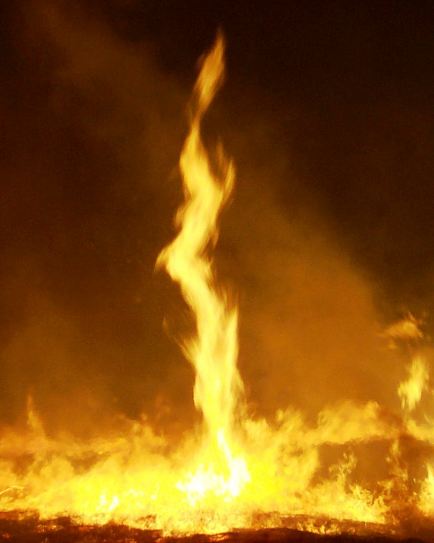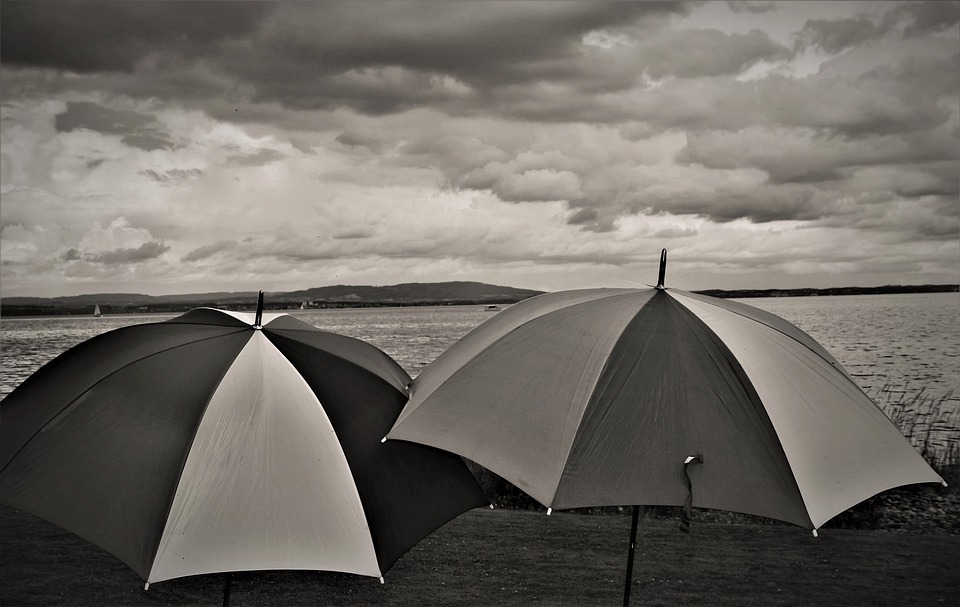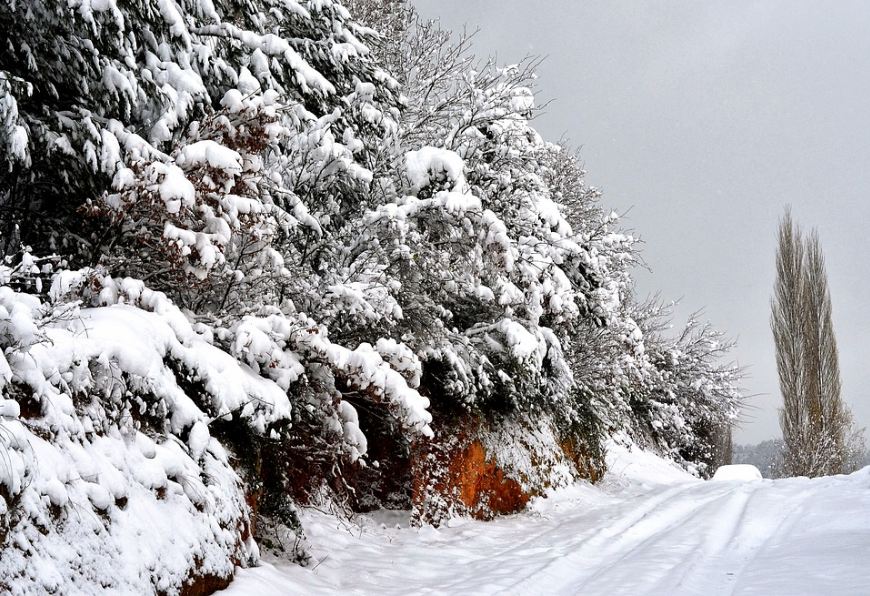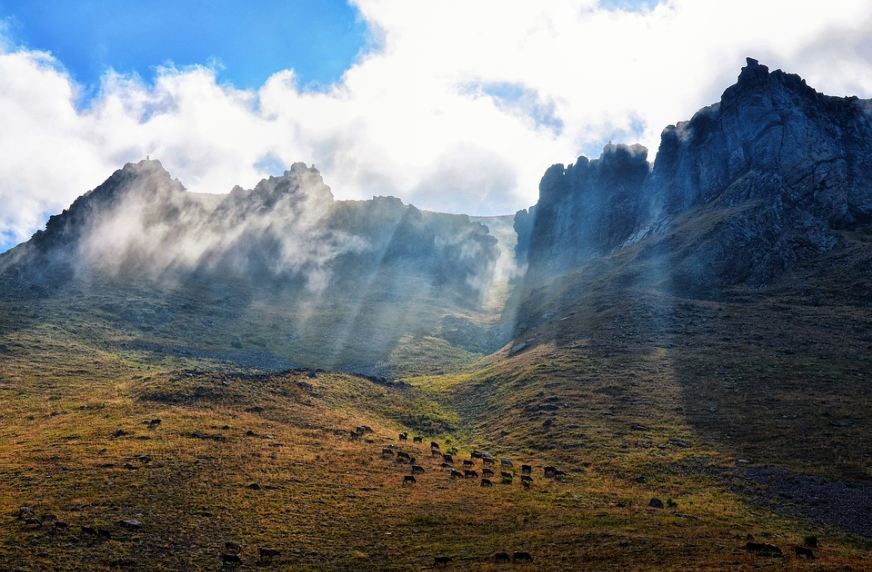Creating Dust Devils: Factors in Desert Weather
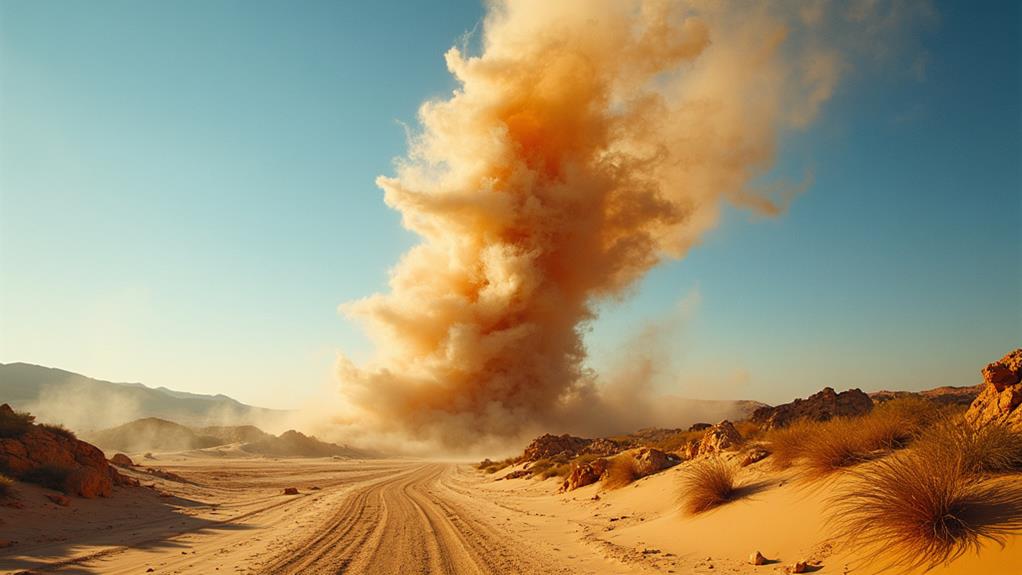
You'll find dust devils in desert weather when hot air rising from sunbaked ground meets cooler air at the surface. Clear skies and light winds help the heated air rise and start rotating, creating the swirling funnel you see. Dry soil and dust particles lift into the air, enhancing visibility of these mini-tornadoes. They're most active in May and June, especially in regions like Arizona, but can appear any time conditions are right. If you stay with us, you'll uncover more about the factors behind these fascinating desert phenomena.
Key Takeaways
- Dust devils form with strong surface heating, clear skies, and light winds.
- Temperature contrasts between hot ground and cooler air are crucial for dust devils.
- Dry, loose soil and dust particles enhance visibility and structure of dust devils.
- Dust devils are most frequent in late spring and early summer, especially in Arizona.
- Terrain features like hills and valleys influence dust devil formation and activity.
Understanding Dust Devils
Although they might seem mysterious at initial glance, dust devils are surprisingly straightforward phenomena. These small, rotating vortices primarily form in arid regions where the sun beats down relentlessly. The key to understanding dust devils lies in the interaction of hot air and cooler air at the surface. When strong surface heating occurs, hot air rises rapidly, creating a low-pressure zone that pulls in cooler air from the surroundings.
Dust devils typically have diameters ranging from 10 to 300 feet and can reach impressive heights of 500 to 1,000 feet. Some larger examples can even achieve wind speeds exceeding 60 mph. You'll often see dust devils in places like Arizona, especially during the hot months of May and June, though they can appear year-round in desert and sunbaked areas.
As the hot air rises, it begins to rotate, picking up dust and debris, which makes the dust devil visible as a swirling, funnel-like structure. This fascinating spectacle can last from a few minutes to up to an hour. Besides being visually striking, dust devils can cause minor damage and play a role in dispersing seeds and spores, impacting local ecosystems.
Formation Conditions
Dust devils thrive in specific conditions where strong surface heating meets clear skies and light winds. These conditions are ideal for dust devils to form, especially on sunbaked ground where high soil temperatures create an unstable atmosphere. The heated air rises rapidly, initiating the formation of vortices that spin in a vertical direction.
To witness dust devils in action, you need:
- Strong Surface Heating: This occurs on sunbaked ground, particularly in desert areas, where soil temperatures soar.
- Clear Skies and Light Winds: These allow the heated air to rise without being disrupted by other weather patterns.
- Presence of Dust Particles: These particles are necessary to make the vortex visible and help it maintain its structure.
Dust devils are most frequent in May and June in Arizona, but if the conditions are right, they can appear any time of year. They typically reach heights between 500 and 1000 feet, though some can soar several thousand feet high during ideal conditions. Understanding how dust devils form helps you appreciate the fascinating and dynamic nature of desert weather phenomena.
Temperature Gradients
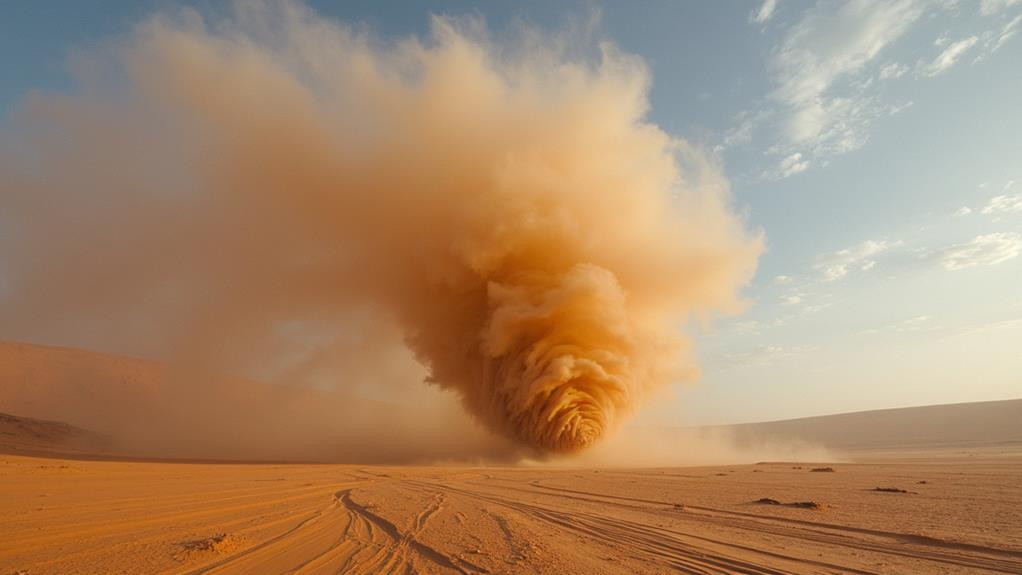
Temperature gradients play an vital role in the formation of dust devils. When the desert surface heats up, especially during midday, it creates considerable surface heating. This leads to unstable atmospheric conditions that allow heated air to rise rapidly. A super-adiabatic temperature gradient, where the temperature decreases quickly with height, often forms under these conditions. This steep gradient is critical because it facilitates the development of dust devils by promoting the rapid ascent of heated air.
The difference in temperature between the scorching desert surface and the cooler air above creates thermals. These thermals are columns of rising air that are necessary for forming dust devils. On hot, clear days, ground temperatures can exceed 100°F, causing the air near the surface to heat up markedly. This heated air then rises quickly, creating the perfect environment for dust devils to form.
The intensity and size of dust devils are directly influenced by the strength of these vertical temperature gradients. Pronounced gradients lead to more considerable and powerful vortices. Consequently, understanding temperature gradients helps you grasp why dust devils are more prevalent and intense in certain desert conditions.
Impact of Clear Skies
Clear skies play a vital role in the formation of dust devils by allowing intense solar heating of the ground. This intense heating warms the surface, which in turn heats the air directly above it. When there's no cloud cover, sunlight can penetrate directly to the ground, maximizing the temperature differential necessary for creating unstable air layers.
Here's why clear skies are fundamental:
- Maximized Solar Heating: Clear skies let sunlight reach the ground without obstruction, ensuring the surface heats up considerably.
- Temperature Differential: The absence of clouds results in a stark contrast between the heated ground and the cooler air above, fostering the conditions for vertical air movement.
- Light Winds: Under clear skies, light winds maintain the stability of the heated air, allowing it to rise and possibly begin rotating, a key factor in dust devil formation.
Dust devils are most commonly observed on sunny days during late spring and early summer when clear skies and high temperatures prevail. This combination of strong surface heating and clear skies creates the ideal conditions for vertical mixing of warm air, which leads to the emergence of visible dust devils. By understanding the impact of clear skies, you can better grasp how these fascinating phenomena develop.
Role of Terrain
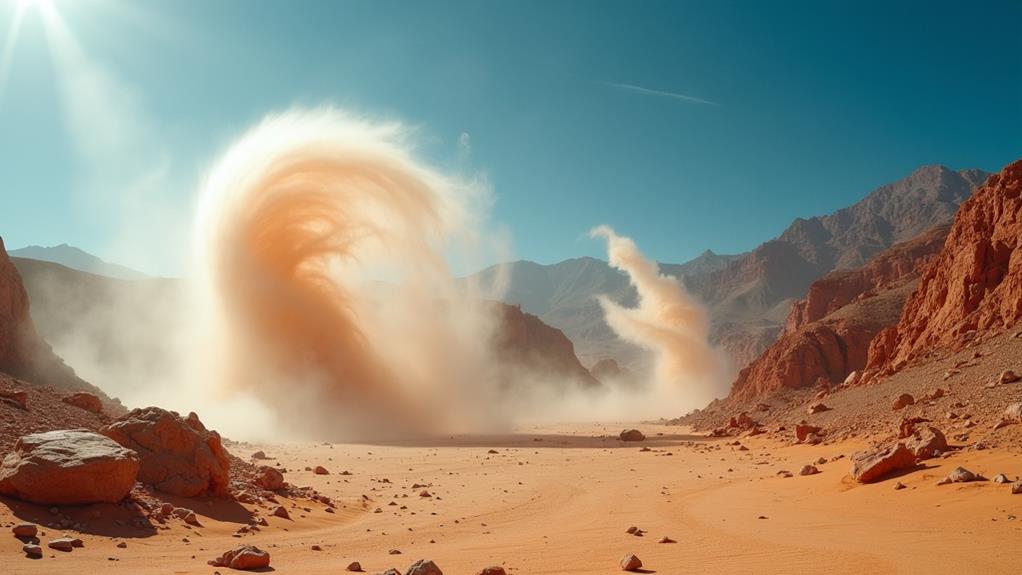
When considering the role of terrain in dust devil formation, the surface characteristics and topographical features are vital. Hotter surfaces, like sunbaked ground, greatly influence the creation of dust devils by generating unstable air layers. These areas tend to have a stark contrast with cooler surfaces, such as patches of vegetation or irrigated fields, which further promotes the development of these whirlwinds.
The presence of loose, dry soil or dust is critical for dust devils. Without this material, the vortices wouldn't be visible as they lift particles into the air. You'll often see dust devils in regions where the terrain is covered with sandy or dusty soil, making these phenomena quite prominent in desert landscapes.
Moreover, topographical features like hills and valleys play a considerable role. These features can augment dust devil activity by creating localized areas of intense heating and airflow disturbances. The interaction between dust devils and the terrain can lift and transport dust over distances, impacting local ecosystems and weather patterns.
Understanding the role of terrain helps you appreciate the intricate dance between the earth's surface and these fascinating meteorological phenomena.
Wind and Airflow
The nature of the terrain sets the stage for dust devil formation, but it's the wind and airflow that really bring these whirlwinds to life. When the sun heats the ground intensely, the air near the surface warms up quickly, creating instability. Under clear skies and light winds, this heated air rises rapidly, and that's where the magic begins.
For dust devils to form, you need three key factors:
- Light surface winds: These allow the ground to heat up considerably, setting the stage for the rapid upward movement of air.
- Rising hot air: As this hot air ascends, it can start to rotate, a process called vertical stretching. This rotation is essential for the formation of a dust devil.
- Wind speeds: While the initial winds are light, the rotation speed can increase dramatically, sometimes leading to wind speeds exceeding 60 mph.
In desert regions like northern Arizona, you'll often see these conditions come together, especially during May and June. As the hot air rises and begins to rotate, it stretches vertically, creating those mesmerizing and sometimes powerful dust devils that can reach heights of up to 1000 feet.
Seasonal Variations
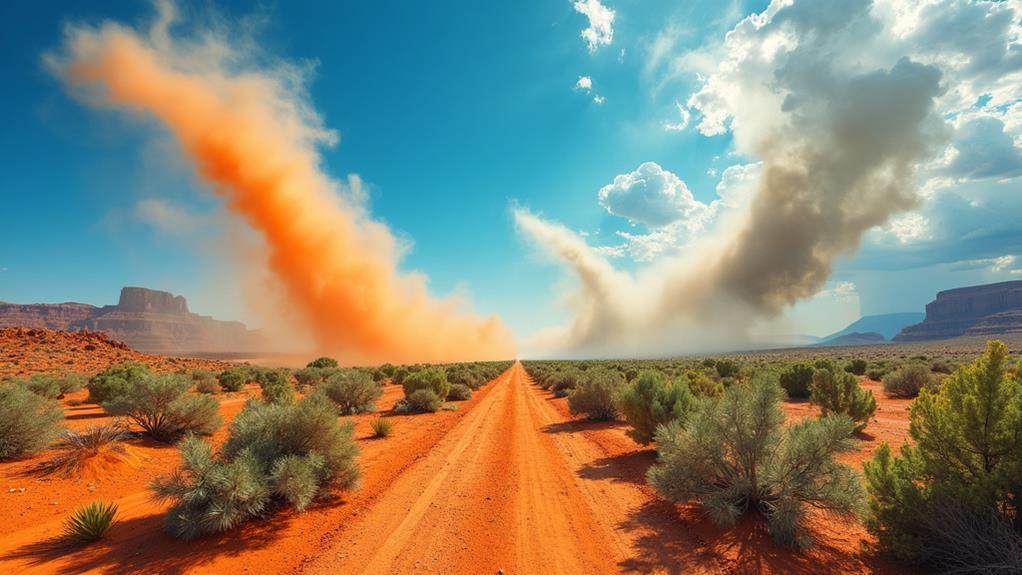
As the seasons shift, so do the conditions that give rise to dust devils. In Arizona, you'll notice dust devils are most frequently observed in May and June. This is because the intense solar heating during these months creates ideal conditions for their formation. However, dust devils can form year-round if the conditions are right.
Seasonal variations in temperature and soil moisture are essential factors. During spring and summer, the ground in desert regions becomes dry and sunbaked, making it a favorable environment for dust devils. The presence of boundaries between dry ground and irrigated fields further improves the likelihood of these whirling columns of air.
In winter and spring, dust devils occur less frequently. Yet, they can still form if there are specific temperature gradients and sufficient surface heating. The interseasonal shift plays a significant role in this phenomenon. As summer approaches and solar intensity increases, you'll observe a rise in the strength and frequency of dust devils.
Understanding these seasonal variations helps in predicting when and where dust devils are most likely to occur. So, keep an eye on the changing seasons and the conditions they bring to better anticipate the appearance of these fascinating desert phenomena.
Regional Occurrences
Because of Arizona's unique geography and climate, dust devils are a common sight across the state. These swirling columns of dust are particularly prevalent in desert regions due to the strong surface heating and the state's southern latitude, which improves solar heating. You're most likely to see them in May and June, though they can form year-round under the right conditions.
Dust devils often arise in specific locations within Arizona:
- Boundaries of irrigated fields: The contrast between wet and dry areas creates significant temperature differences, ideal for dust devil formation.
- Sunbaked ground: Areas with intense sun exposure heat up quickly, providing the thermal uplift needed for these phenomena.
- Mogollon Rim forests: The temperature gradient between the forested highlands and the lower desert regions promotes their occurrence.
A notable event at the Coconino County Fairgrounds on September 14, 2000, showcased their potential destructiveness, despite their smaller size compared to tornadoes. Dust devils can develop anywhere in Arizona, but their formation is closely tied to local climatic conditions and the availability of dust in the atmosphere. So, regardless of whether you're in a sunbaked desert region or near an irrigated field, keep an eye out for these fascinating whirlwinds.
Ecological Impact
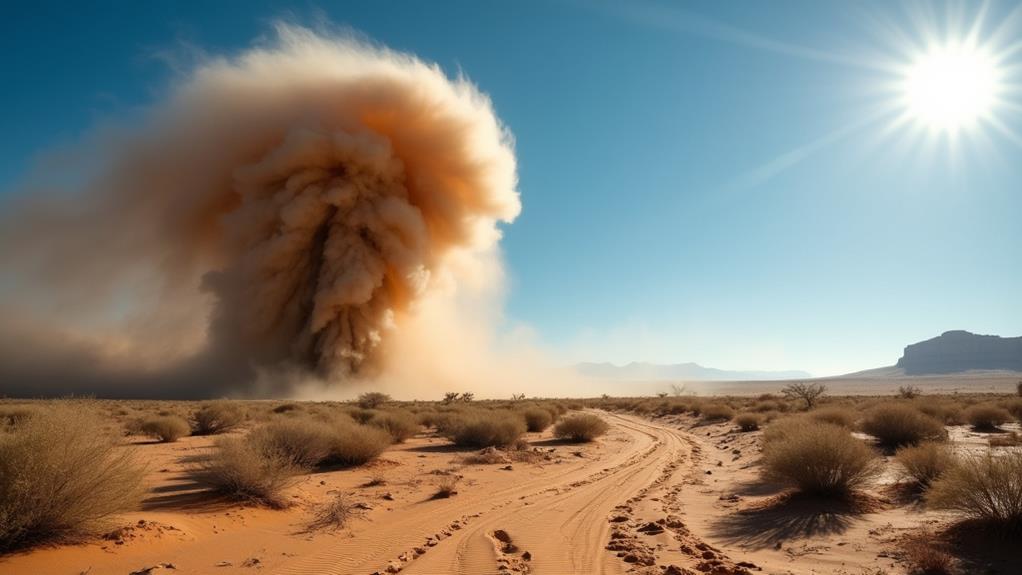
While dust devils are a mesmerizing part of Arizona's landscape, their impact goes beyond just being a visual spectacle. These swirling vortices play an essential role in the desert ecosystem. Dust devils can disperse soil particles and desert plant seeds over longer distances, enhancing plant distribution and promoting genetic diversity in arid environments. This seed dispersal mechanism guarantees that plants can colonize new areas, which is critical for the sustainability of desert flora.
However, dust devils also spread fungal spores linked to valley fever, a disease that can affect both humans and animals. When these soil particles become airborne, they can carry spores that pose a health risk, influencing local ecosystems and human communities.
Moreover, the dust lifted by dust devils contributes to the formation of caliche and argillic soil layers. These layers affect the water retention and nutrient availability in the soil, which greatly influences the growth of desert vegetation. The visual quality of the desert sky changes as dust devils transport soil particles, impacting the aesthetics and ecological interactions within the environment.
Dust Devils on Mars
Dust devils on Mars aren't just intriguing phenomena; they play an vital role in shaping the planet's weather and atmospheric conditions. These swirling vortices are estimated to account for up to 50% of the Martian atmosphere's dust, greatly influencing weather patterns. On warm, clear days, Martian dust devils can reach heights of several kilometers, much like their Earth counterparts.
Here's why dust devils are significant on Mars:
- Atmospheric Dust Injection: With wind speeds exceeding 60 mph, Martian dust devils lift and redistribute dust, injecting it into the atmosphere. This process alters atmospheric dynamics and visibility.
- Impact on Solar Panels: The dust kicked up by these devils can coat solar panels on rovers and landers, reducing their efficiency and complicating mission operations.
- Scientific Insights: Studying these dust devils offers vital insights into Mars' surface and atmospheric conditions, enhancing our understanding of extraterrestrial weather.
Frequently Asked Questions
What Causes Dust Devils in the Desert?
You'll see dust devils in the desert due to intense surface heating. When the ground temperature rises, it creates instability in the atmosphere, leading to dust devil formation. Desert wind patterns play a key role as heated air rises quickly and starts to rotate. The vortex that forms can pick up dust and debris, creating those swirling columns you notice. Ideal spots are sunbaked grounds and boundaries of irrigated fields.
What Conditions Create a Dust Devil?
Imagine a swirl of dust suddenly appearing before you. What causes this mesmerizing phenomenon? It's the heat rising from the ground under clear skies. When the surface gets extremely hot, it heats the air above it. This hot air rises rapidly, creating an unstable atmospheric layer. Add light winds and some dust particles, and you've got the perfect recipe for a dust devil to form and dance across the desert.
What Usually Causes Dust Storms in Desert Areas?
Dust storms in desert areas usually result from strong winds lifting loose, dry soil and sand particles into the air. These winds are often driven by temperature gradients between hot surfaces and cooler air above, especially during the hottest months. You'll notice that sparse vegetation exacerbates dust storm formation by failing to stabilize the soil, leading to significant soil erosion and reduced air quality. Wind speeds over 25 mph are typically needed to initiate these storms.
Which Condition Most Favors the Development of Dust Devils?
Imagine the ground as a pot, and the sun as the flame. When the sun heats the ground intensely, it creates thermal instability, like water boiling in the pot. This intense surface heating causes the air to rise and spin, creating dust devils. So, the condition that most favors their development is strong surface heating under clear skies, leading to steep temperature gradients and unstable air masses.

